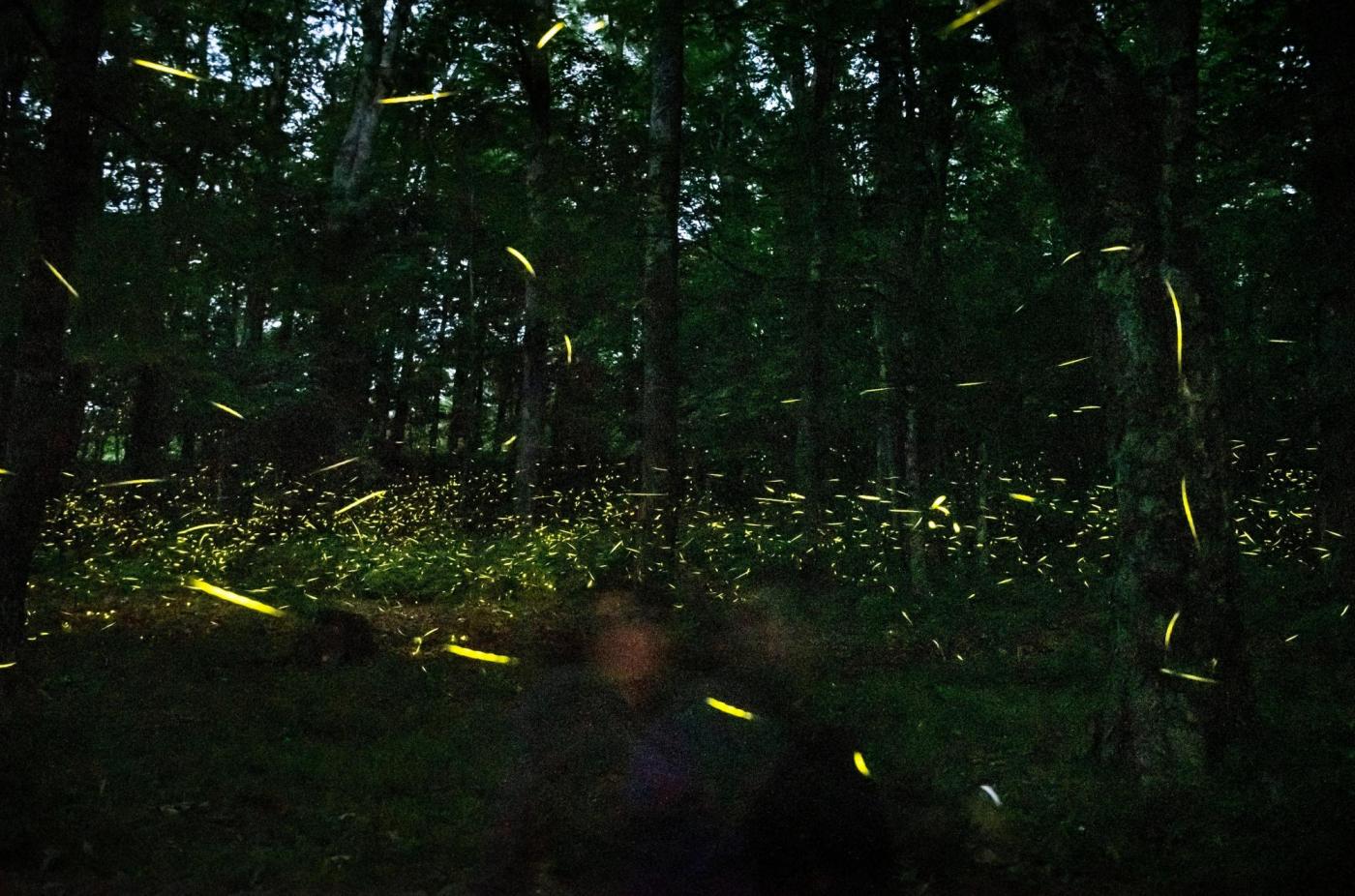Despite recent dazzling displays in summer skies, the enigmatic glow of fireflies often masks a more somber reality: these beloved insects are facing a dramatic and accelerating decline across many parts of the globe. This paradox of intermittent visible abundance against a backdrop of overall population reduction highlights an urgent environmental concern.
Even as specific regions, particularly in the northeastern United States, report what appears to be a resurgence of lightning bugs illuminating evening landscapes, scientific data indicates that their populations are actually dwindling at an unprecedented pace. This rapid decrease underscores significant ecological imbalances that extend far beyond localized sightings, presenting a critical challenge to insect biodiversity.
A primary driver behind this concerning insect decline is widespread habitat loss, as natural environments vital for firefly breeding and foraging are increasingly converted for urban development, agriculture, and infrastructure. The removal of crucial marshlands, meadows, and forested areas directly impacts their life cycles, leaving fewer suitable places for these bioluminescent creatures to thrive.
The pervasive use of pesticides in both agricultural and residential settings further exacerbates the vulnerability of firefly populations, disrupting ecosystems and directly harming these sensitive insects. These chemical agents, designed to control other pests, often have unintended consequences, leading to a broader environmental impact on non-target species like fireflies and the intricate food webs they support.
Perhaps one of the most insidious threats, especially in metropolitan areas like New York City, is escalating light pollution effects. Constant artificial illumination from billboards, streetlights, and buildings can disorient fireflies, hindering their ability to communicate through their unique light patterns. This interference disrupts mating rituals, making it profoundly challenging for them for them to find mates and ensure the perpetuation of their species.
Renowned entomologist Jessica Ware from the American Museum of Natural History emphasizes the profound connection between fireflies and the very fabric of summer, highlighting their cultural and ecological significance. Her expertise in entomology news often brings attention to the subtle yet significant changes occurring within insect populations worldwide, urging a closer look at these vital indicators of environmental health.
Ware recounts a poignant personal narrative, observing her own children’s experiences with these luminous insects; while they grew up witnessing backyard firefly flashes, these mesmerizing displays gradually vanished during their teenage years. However, a recent, hopeful return of fireflies to her family’s immediate environment has sparked reflections on the joy and wonder this phenomenon brings to new generations.
The fleeting comeback in certain areas should serve not as a sign of complete recovery, but as a potent reminder that sustained firefly conservation efforts are crucial. As Ware articulates, significant shifts in human behavior are still necessary to safeguard these glowing bugs, ensuring that robust populations can not only survive but truly flourish for future generations to cherish the magic of a summer night.






Leave a Reply